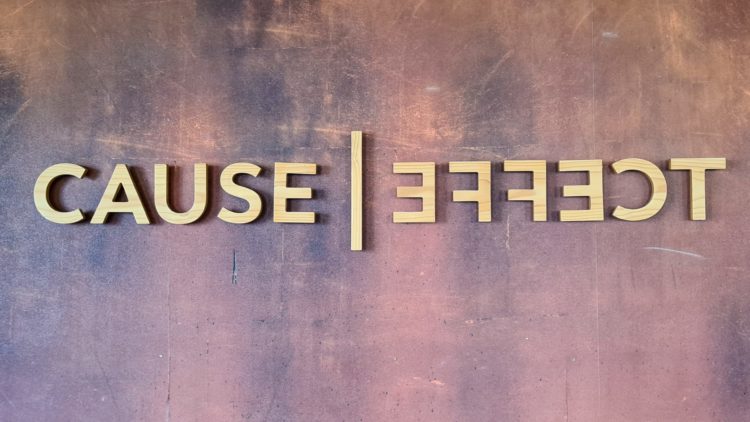
EDITOR’S NOTE: In a series on making “good trouble” through journalism, Paul A. Kramer of Vanderbilt University argues for seven approaches that can help create partnerships between writers and readers to address social problems. From his introduction: “The best narrative non-fiction writing on social problems … grapples with a particular social reality in order to question it, subject it to critical attention and convince readers that its existence and continuance is not inevitable.”
In the fourth approach, journalists explore the root causes of familiar social problems to highlight possible solutions. Additional approaches will be posted this week and next.
This problem is not what you think it is.
Re-specification takes on a problem that is familiar to readers but may be misunderstood in terms of causes or effects. The writer’s job here is to critically examine the existing frameworks that readers may bring to the problem and discuss why they don’t work —or only partly work. The goal is present alternative approaches and evidence that supports these approaches.Some possible reframes: Yes, we’ve all heard about this problem but it isn’t exactly the problem you think it is. Or yes, this is a problem but it’s a problem for a different reason than you thought. Or this known problem is caused by something different from what you imagined, or manifested in ways you haven’t recognized.
Sometimes this reframing confronts the dominant, misguided formulation head-on: When it comes to x problem, we hear a lot about the role of y but not enough about z. Sometimes it needs to be even stronger: y is misleading and z gets us closer to the truth.
To re-specify, writers may need to clarify, confront and break down authoritative approaches to the problem that experts may have fortified in jargon (as is the case in much social science research and policy analysis). And they may be called upon to pry loose encrusted background assumptions readers may not know they hold.
Re-specification can sound nit-picky. If it’s clear that something is a problem, does it really matter so much how we describe it?
But how we describe it matters because whether or not we realize it a problem’s portrait is also a diagnosis. It tells us how deep the problem runs and what else it is entangled with. Perhaps most essentially, in doing this, it helps us realize what kind of inquiry and political action we need to take.

Linda Villarosa
Powerful, exemplary re-specification is at work in Linda Villarosa’s 2018 New York Times Magazine investigation, “Why America’s Black Mothers and Babies are in a Life-or-Death Crisis,” which explores the disproportionate dangers that Black women face in pregnancy and childbirth. The story unfolds through the relationship between Simone Landrum, a working-class mother of two in New Orleans, and her doula, Latonya Gita.
While the piece exposes some readers to facts they will be unfamiliar with, it also elegantly explores a host of plausible but ultimately insufficient explanations for Black women’s additional health risks. Along the way, it serves up striking findings: that experiences of racism and sexism, including in healthcare itself, can take a devastating physical toll. Here Villarosa thoroughly recasts the origins and meanings of Black women’s healthcare predicaments in ways that raise further questions about the wide-ranging, lethal consequences of racism and sexism in American society.
“The reasons for the black-white divide in both infant and maternal mortality have been debated by researchers and doctors for more than two decades,” she writes. “But recently there has been growing acceptance of what has largely been, for the medical establishment, a shocking idea: For black women in America, an inescapable atmosphere of societal and systemic racism can create a kind of toxic physiological stress, resulting in conditions—including hypertension and pre-eclampsia—that lead directly to higher rates of infant and maternal death.”
Risks of re-specification include dismissing previous perspectives outright — did they get anything right? — or overselling one’s own approach as definitive. And one can confuse readers with technical matters that haven’t been expressed clearly, vividly or economically.
There also are tricky questions to be asked about how much writers should skirmish with the inadequate or wrongheaded explanations they seek to overturn. Spend too little time on them, and readers may try to graft better accounts to worse ones they haven’t replaced; spend too much, and a piece can inadvertently reinforce them.
But if writers navigate these issues well, re-specification can play a decisive role in giving readers new maps with which to chart the world.
NEXT: Stories that show the solidarity between readers and those affected by social problems
***
Paul A. Kramer is an associate professor at Vanderbilt University, where he teaches history and non-fiction writing. He is the author of several academic studies and essays that have been published by major news sites. His book, “The Blood of Government,” has won several awards, including being named a finalist for the Philippines National Book Award in the social science category.


